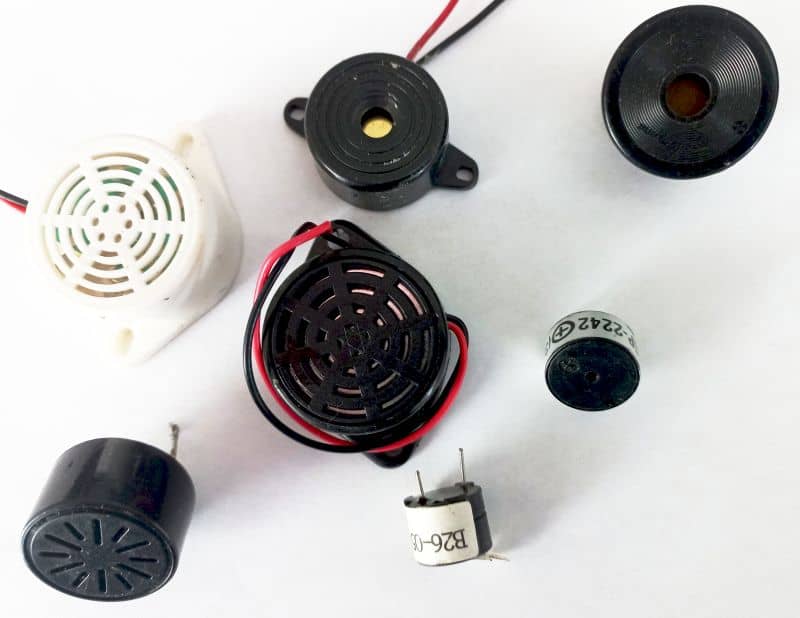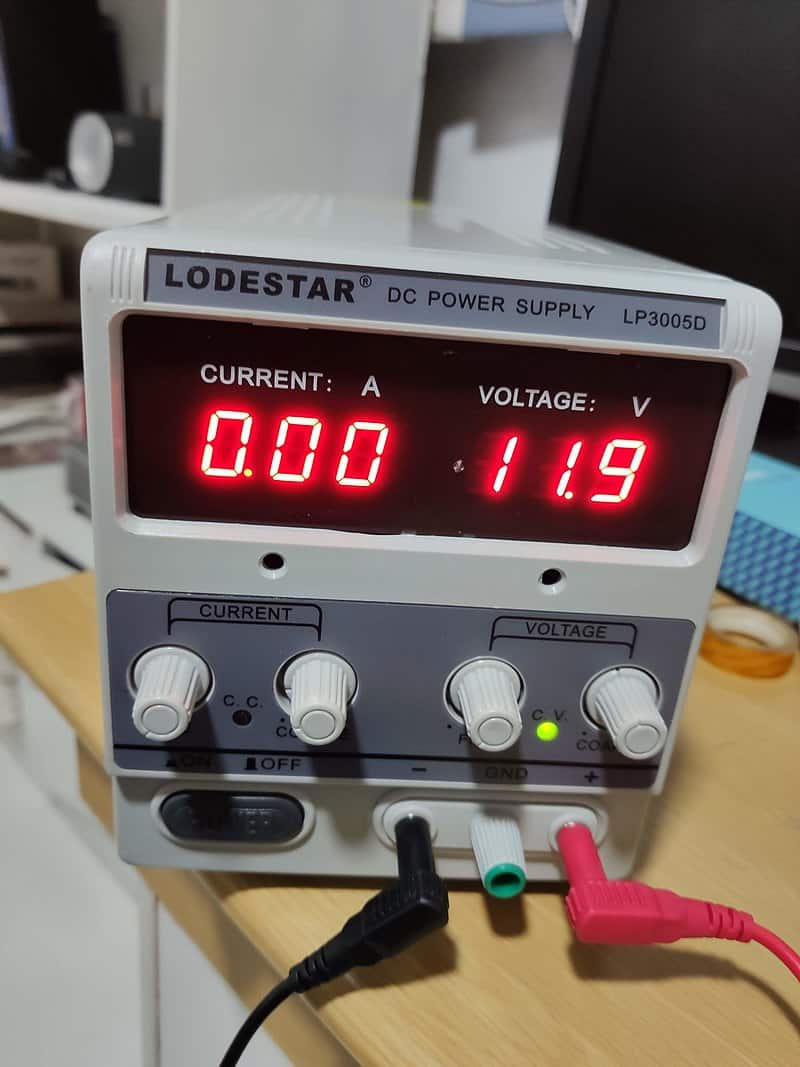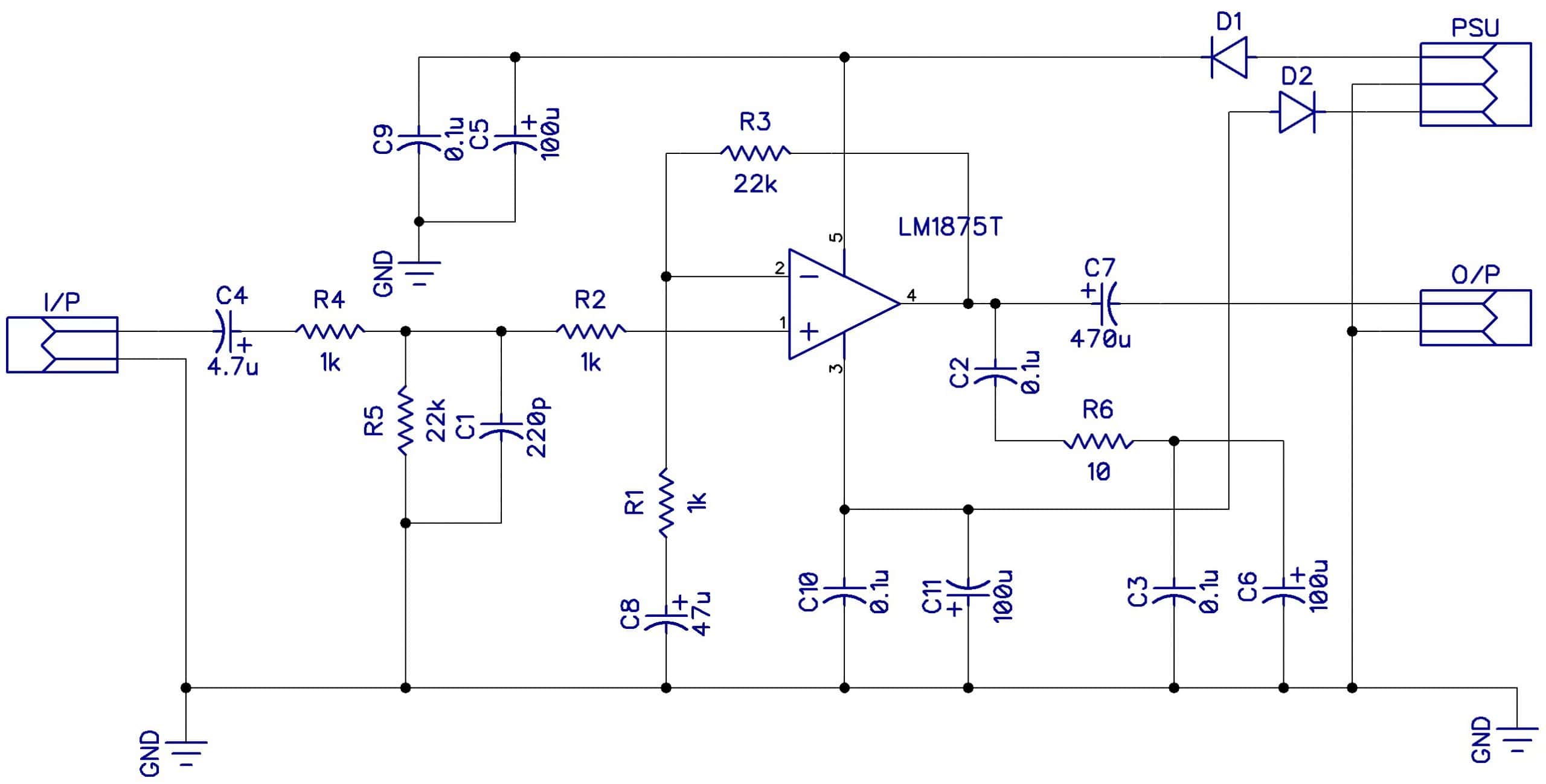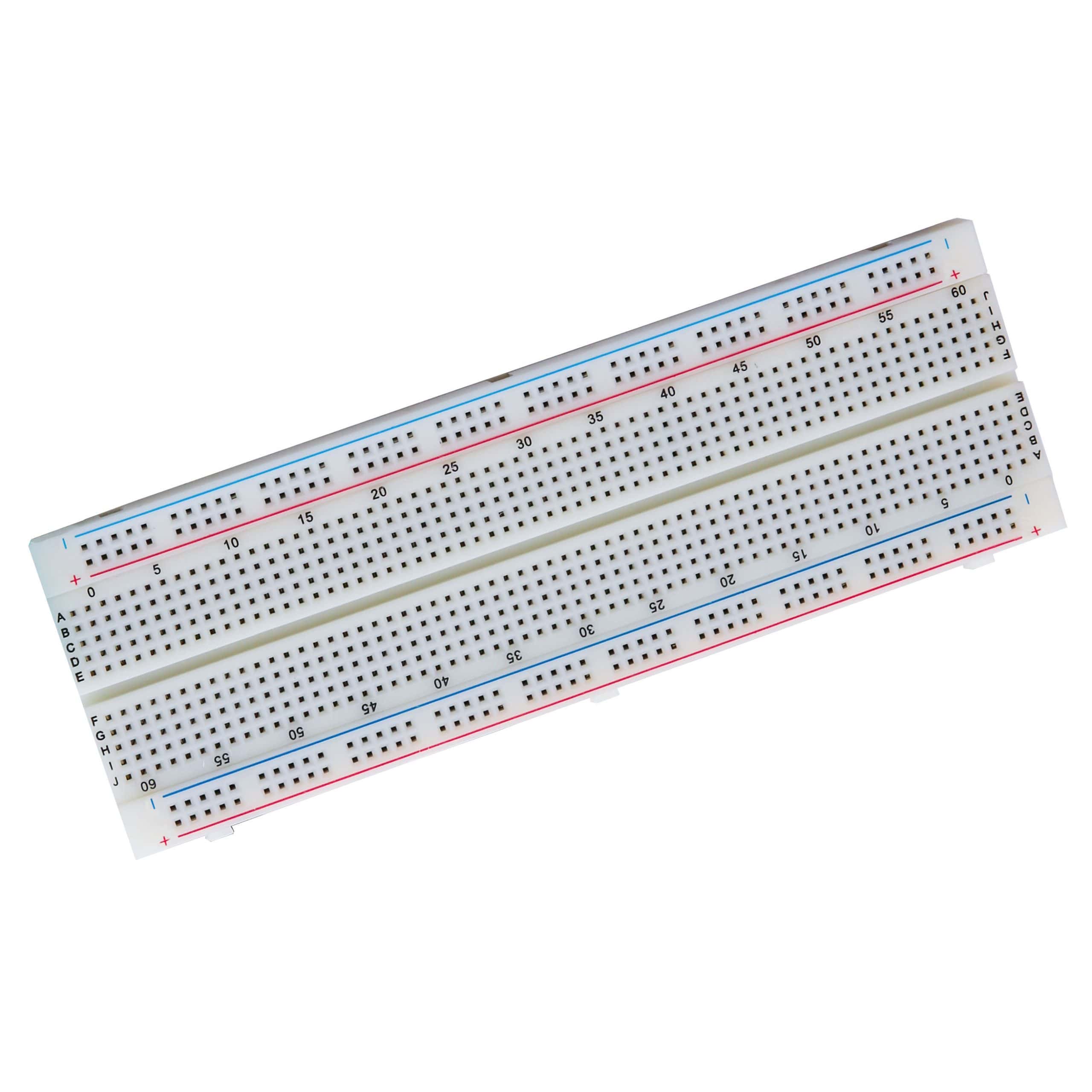Electronic buzzers create sound. The first electronic buzzer was invented by Joseph Henry in 1831 and was mainly used as a doorbell. Since then, buzzers have gotten smaller and evolved into many different form factors.
Buzzers can be categorized into two different types – active buzzers and passive buzzers. An active buzzer has a built-in oscillator so it can produce sound with only a DC power supply.
A passive buzzer does not have a built-in oscillator, so it needs an AC audio signal to produce sound.
Active Buzzers
Active buzzers are the simplest to use. They are typically available in voltages from 1.5V to 24V. All you need to do is apply a DC voltage to the pins and it will make a sound.
Active buzzers have polarity. The polarity is the same as an LED and a capacitor – the longer pin goes to positive. One downside of active buzzers is that the frequency of the sound is fixed and cannot be adjusted.
Inside an Active Buzzer
Let’s cut into an active buzzer to see what lurks beneath that neat plastic exterior:
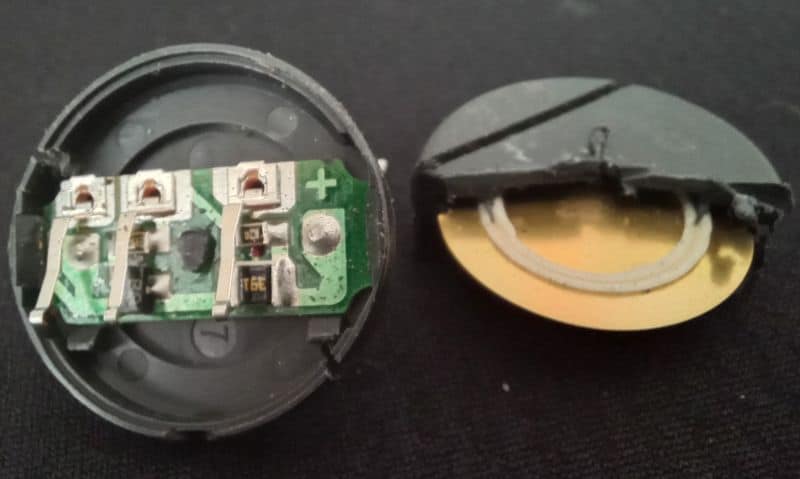
The gold disc on the right is a piezoelectric disk that vibrates when a voltage is applied. The three metal fingers on the PCB make contact with the disc, and a little transistor amplifier is on the printed circuit board.
Passive Buzzers
Passive buzzers need an AC signal to produce sound. the downside to this is that they will need more complex circuitry to control them, like an oscillating 555 timer or a programmable microcontroller like the Arduino.
Passive buzzers have the advantage that they can vary the pitch or tone of the sound. Passive buzzers can be programmed to emit a wide range of frequencies or musical notes.
Inside a Passive Buzzer
Now let’s cut open a passive buzzer:
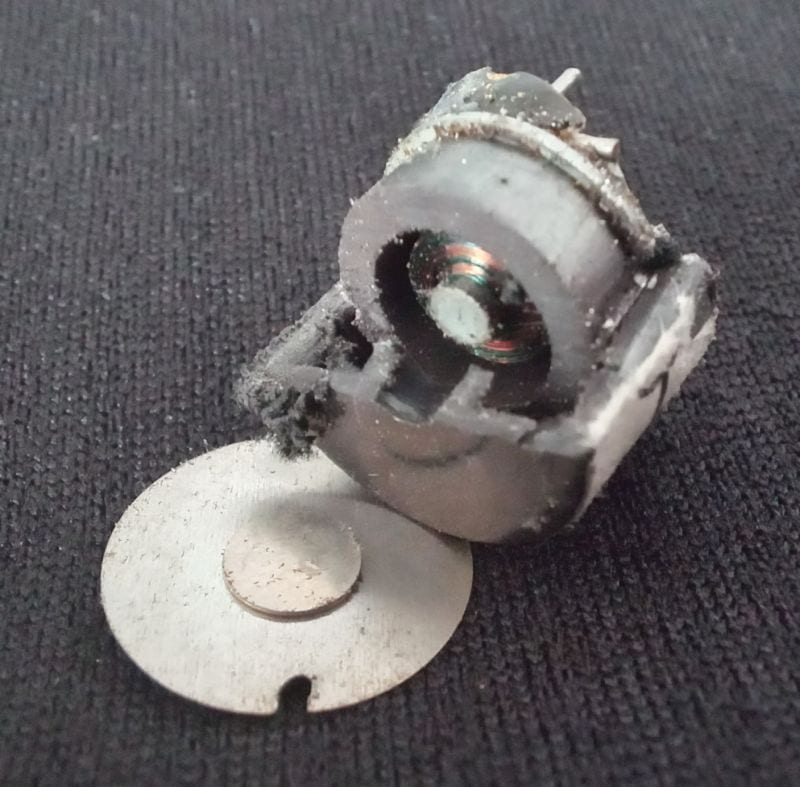
In a passive buzzer, we find an anatomy similar to a loudspeaker. There is a circular magnet surrounding an inner wire coil, with a disk that vibrates from the magnetic force generated by the electromagnetic coil.
Thanks for reading and be sure to leave a comment below if you have any questions!
